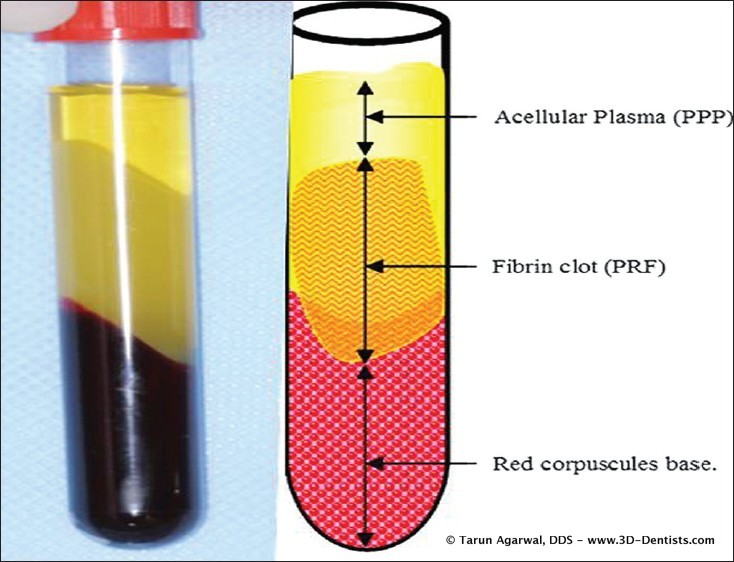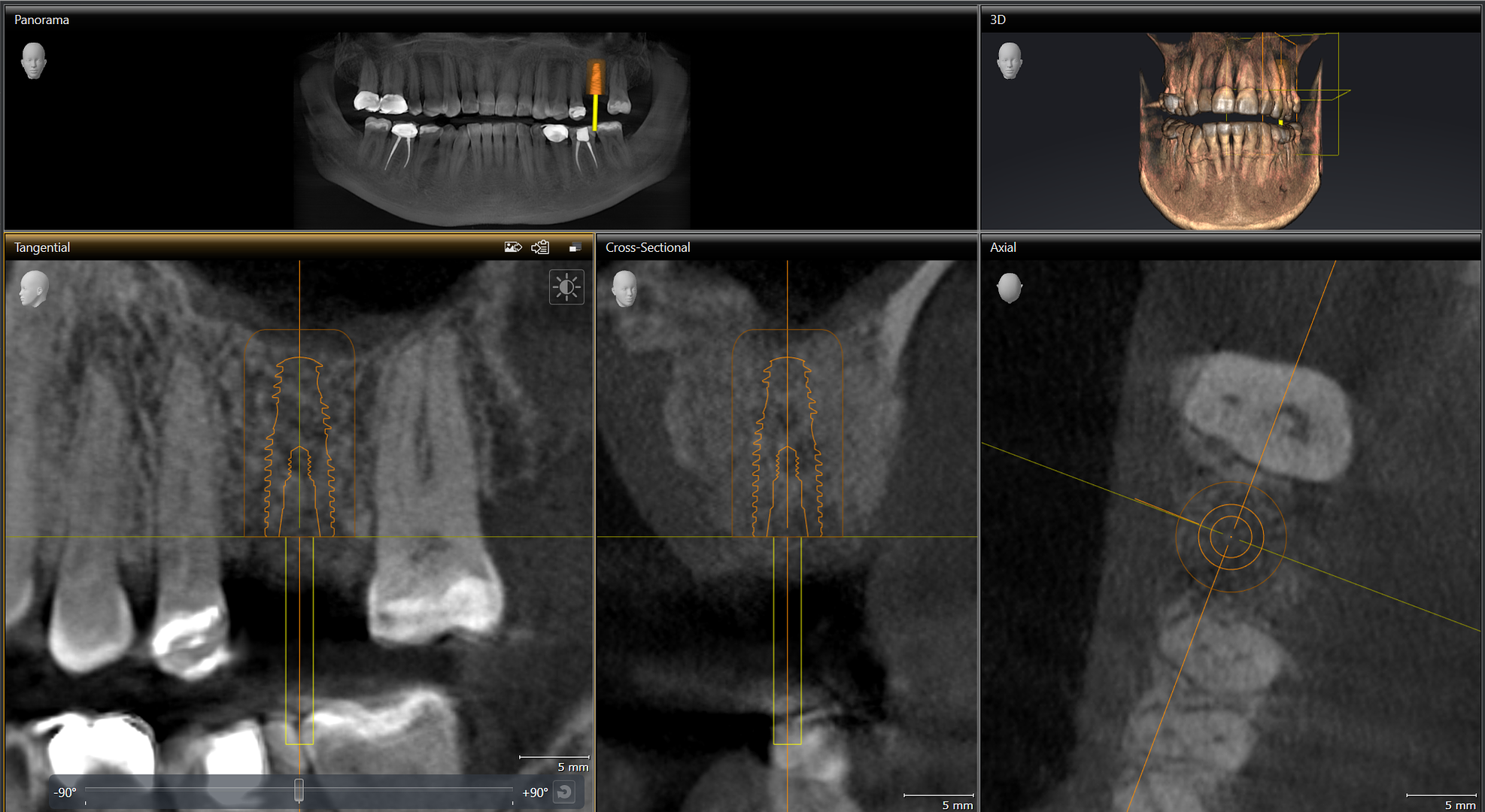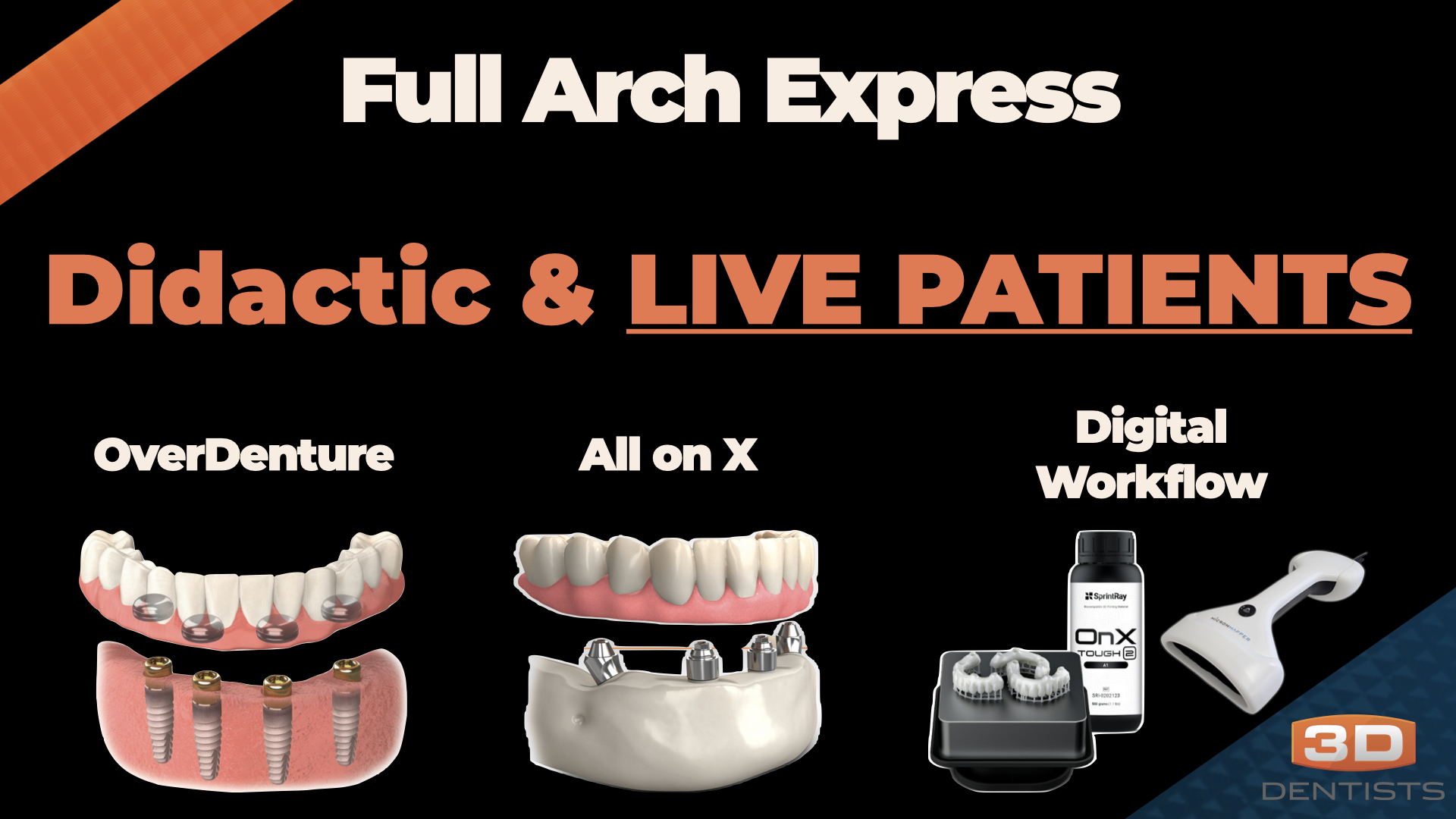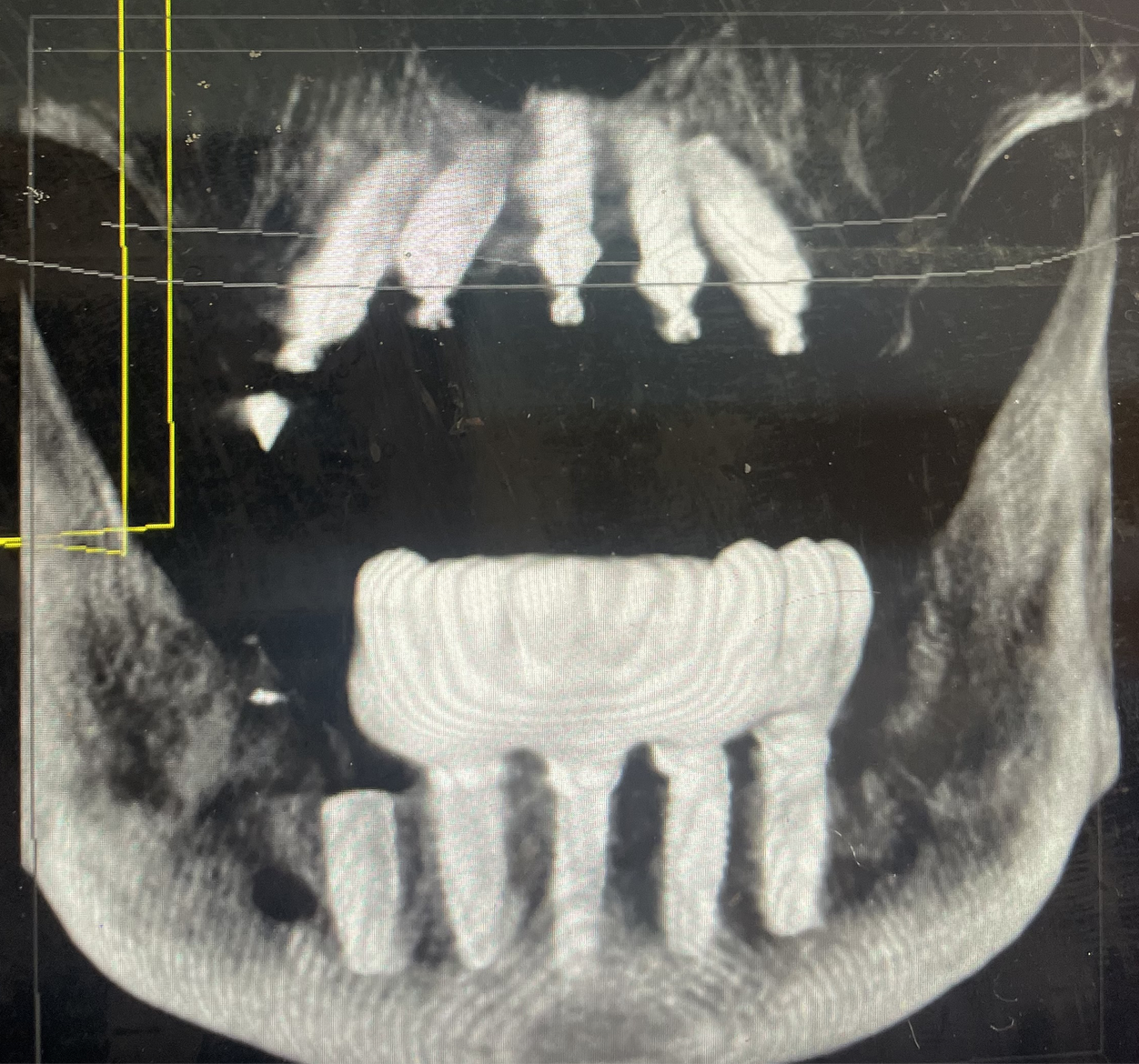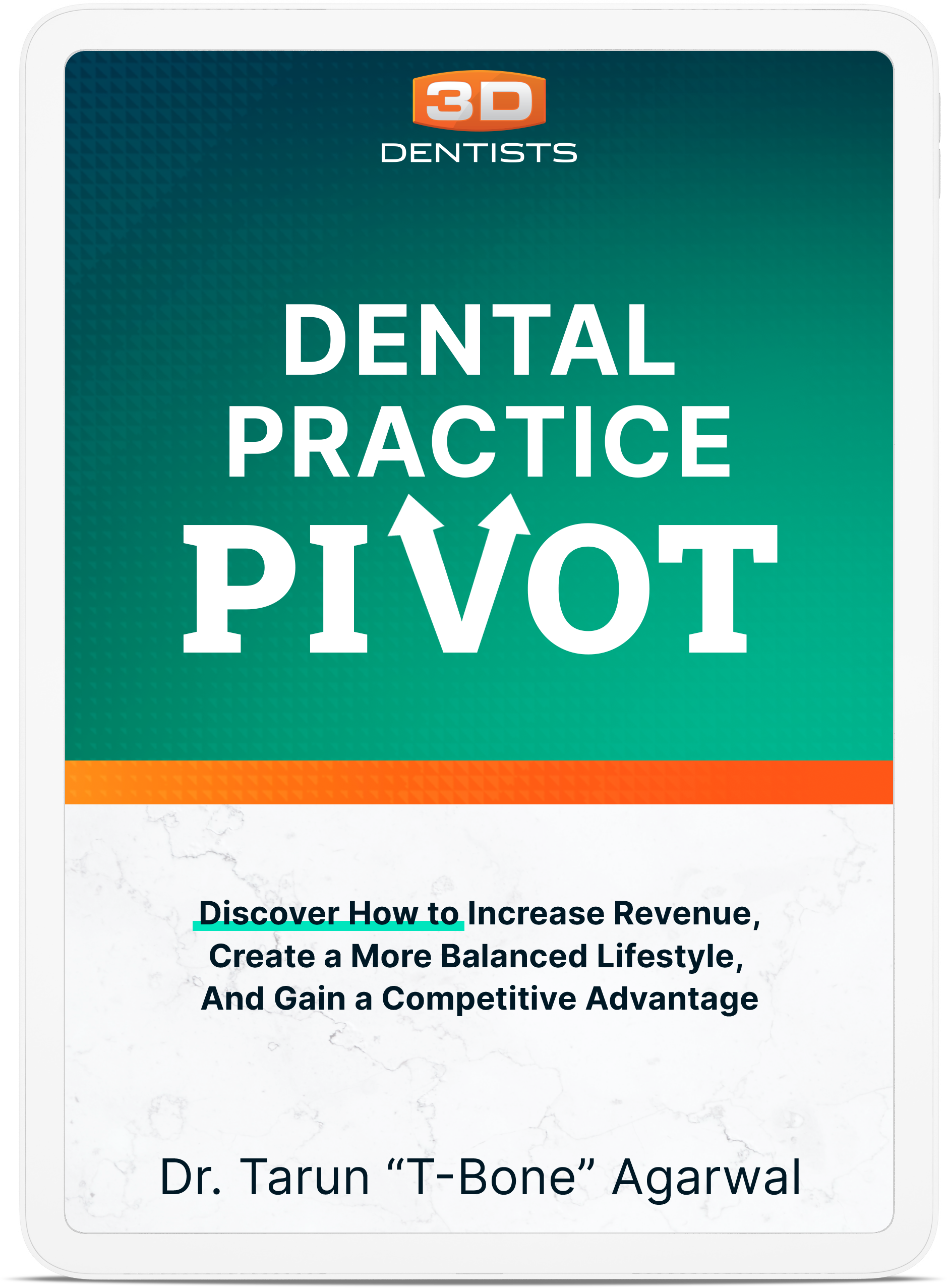I always talk about implant dentistry being a journey. A journey that sees you go from simple to complex and add techniques along the way. It is unreasonable to expect a dentist to be able to fully grasp implant dentistry from the very beginning.
My latest journey in implant dentistry is PRF (Platelet Rich Fibrin).
What is PRF? PRF is a second generation PRP where autologous platelets and leukocytes are present in a complex fibrin matrix to accelerate the healing of soft and hard tissue. Platelets contain growth factors and the fibrin mesh holds these important growth factors and releases them over time that can accelerate the wound healing process.
While there are numerous uses for PRF, the main area that I expect to utilize PRF is to mix with graft materials to enhance healing through the growth factors.
Looking to read more? Here is a PDF paper you can read.
Is PRF absolutely necessary? Probably not. But it’s pretty hard to ignore the literature and the trends of those around you. I don’t know about you, but I prefer to give my patients the best available techniques.
How much does it cost? The total setup is about $2500.
We’ll be introducing the technique and doing hands-on exercises with PRF in our 3D Mastery (Course 3) workshops.










